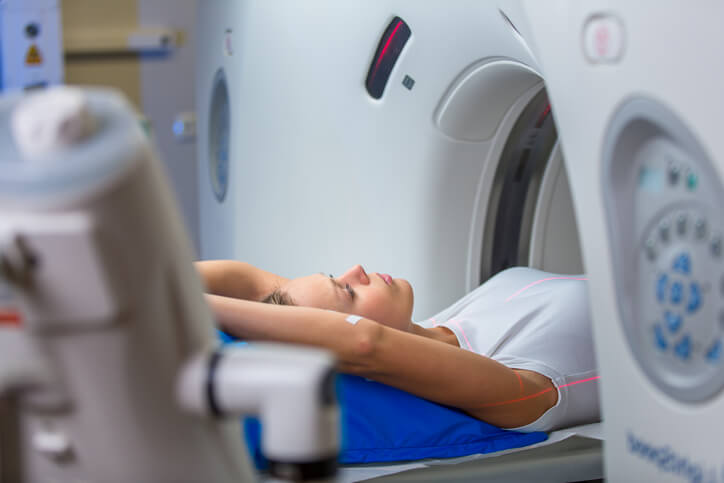
The Latest Advancements in Computer Tomography
Computerized tomography (CT), also called computed tomography, is a unique imaging process using special X-ray equipment to produce detailed scans of various areas inside patients' bodies. CT imaging has made enormous technical advances since its introduction into clinical use in the 1970s. Some of the biggest computerized tomography advancements in recent years include overall improvements in speed, image quality, slice count and radiation dose.
What took 30 minutes or more 20 years ago, now only takes a second or two, and the improved image quality and lower patient radiation doses make CT procedures quicker, safer and more accurate for better patient outcomes. According to experts in the field, the future promises further advancements that will enhance the technology even more.
Enhanced Patient Care
According to Radiology Today, modern computerized tomography scanners include technological developments that let you better manage patient care. Some important advancements include expansion of cardiac and brain imaging, lung cancer screening and dose guidance. Armed with new levels of information, you can more confidently diagnose patients — all at a lower radiation dose.
Find an allied health job at Club Staffing and work with the latest computerized tomography in a variety of clinical settings.
Equipment Advancements
Radiology technologists can look forward to faster, easier to use CT scanners that are more automated. Radiology Today touts notable advancements that allow more confident diagnosis that potentially result in a reduction of follow-up testing and improved disease management through the ability to extract clinical information from computed technology studies. The ability to do this at lower radiation doses will also allow broader uses of computerized tomography for high-risk patients and the potential for earlier detection of diseases like lung cancer.
Gemstone spectral imaging (GSI) in computerized tomography offers additional contrast to images that helps make subtle disease more conspicuous, making it easier to diagnose and characterize. These and other equipment advancements combine to make computerized tomography more definitive and cost effective.
Computerized Tomography In Cancer Screening
Researchers funded by National Cancer Institute (NCI) are studying ways to improve the use of computed tomography in cancer screening, diagnosis and treatment. NCI also conducts and sponsors clinical trials, including one ran by the American College of Radiology Imaging Network (ACRIN) called the National CT Colonography Trial. This trial tested the use of computerized tomography as a screening tool for colorectal cancer. ACRIN also participated in the National Lung Cancer Trial, which tested using computerized tomography as a screening tool for lung cancer in high-risk individuals.
CT And Lung Imaging
ATS Journal also discusses the increasing role of computerized tomography in lung imaging and the how this imaging is used to diagnose chronic obstructive pulmonary disease (COPD). Although diagnosis has traditionally relied on spirometry, this has led to modest advances in understanding the disease. Lung imaging through computerized tomography is poised to change this. Advancements in CT lung screening enable quantification and extensive phenotyping of COPD, which helps in both research and clinical practice.
Computed Tomography And Artificial Intelligence
Research trends and experts underline how artificial intelligence (AI), or computer-aided intelligence, will revolutionize radiology in the long term. Although some technologists fear that artificial intelligence will take away human jobs, embracing this technology combined with CT technology provides the healthcare industry with the power to harness the influx of data they've been previously unable to handle. Further advancements in CT technology are expected to make sense of this data. Thus, the biggest changes in computerized tomography will likely be AI design and expanded analytics that bring value back to the radiologist and patient.
Advancements in computerized tomography have grown rapidly each year, and continued growth is expected, which will have a major impact on clinical applications and patient care. Radiology technologists can keep up with the latest advancements, increase their knowledge and stand out in their field with rad tech travel jobs that let them work with differing technologies in a variety of facilities.

